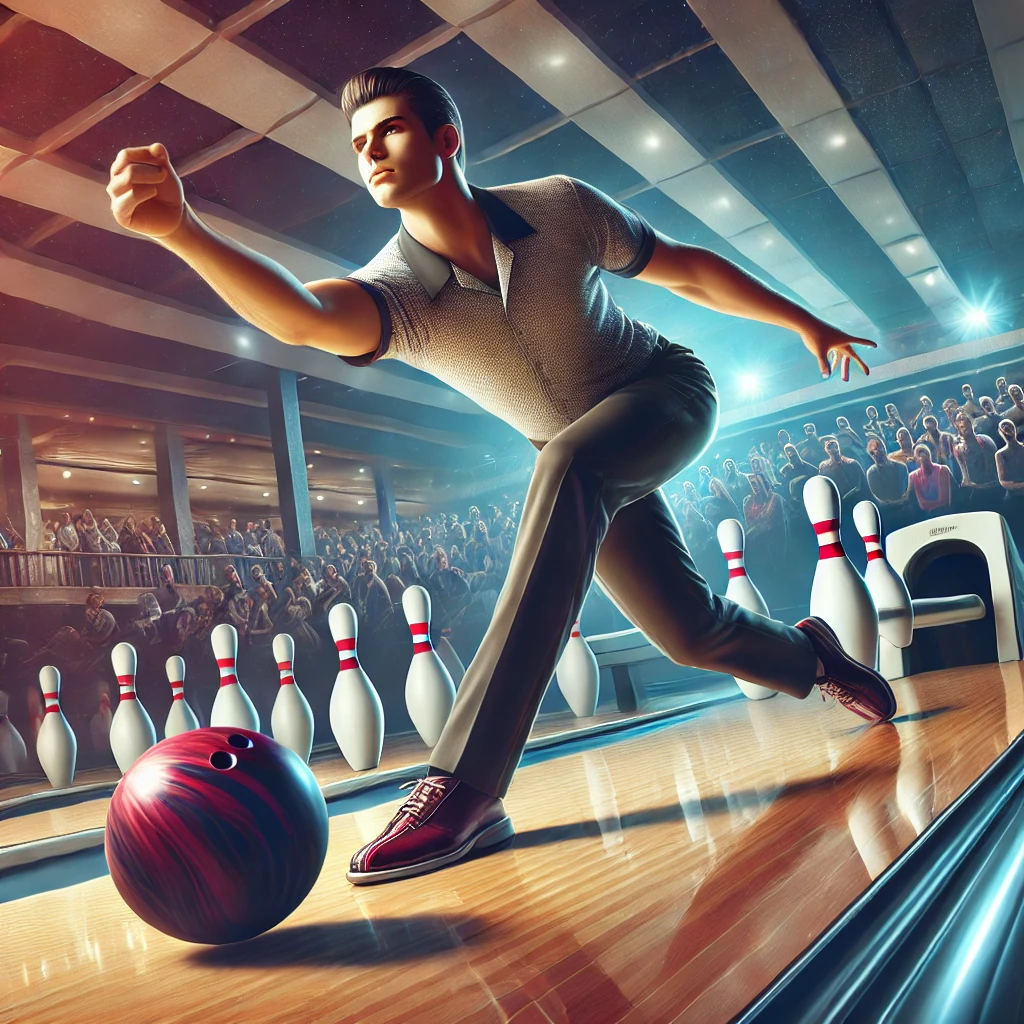Introduction
Bowling is a popular pastime enjoyed by millions worldwide, but a long-standing debate remains: Is bowling truly a sport or just a recreational activity? While some see it as a fun game for social gatherings, others argue that it requires the same level of skill, strategy, and physical ability as any other competitive sport. In this article, we’ll explore the key elements that define a sport, examine how bowling fits those criteria, and uncover why bowling deserves recognition as a legitimate sport.
What Defines a Sport?
To determine if bowling qualifies as a sport, it’s essential to understand the general definition of a sport. According to the Oxford Dictionary, a sport is:
“An activity involving physical exertion and skill in which an individual or team competes against another or others for entertainment.”
Based on this definition, the key elements of a sport include:
- Physical exertion – Requires physical activity or movement.
- Skill – Involves technique and practice to improve performance.
- Competition – Includes structured rules and direct competition against others.
- Entertainment – Draws spectators and maintains audience interest.
Let’s see how bowling measures up to these criteria.
1. Does Bowling Require Physical Exertion?
At first glance, bowling might not seem as physically demanding as basketball or soccer, but it still requires significant physical effort, including:
- Strength and coordination – Bowling balls typically weigh between 6 and 16 pounds, requiring strength to lift and control them.
- Balance and flexibility – Proper form and balance are critical to making an accurate throw.
- Endurance – Professional tournaments involve multiple games over long periods, testing a player’s stamina.
How It Compares to Other Sports
While bowling may not match the cardiovascular intensity of running or swimming, the strength, coordination, and consistency required place it in line with other recognized sports like golf and darts.
2. Is Bowling a Game of Skill?
Bowling is not just about rolling a ball down a lane—mastering the game requires:
- Precision and control – Adjusting speed, spin, and angle to hit specific pins.
- Lane conditions – Oil patterns on the lane affect how the ball rolls, requiring players to adapt their technique.
- Mental focus – Professional bowlers spend years perfecting their approach and delivery.
Professional Bowling Leagues
The existence of professional bowling leagues, such as the Professional Bowlers Association (PBA), underscores the level of skill and training required to compete at the highest level.
3. Competitive Nature of Bowling
Competition is a defining characteristic of any sport, and bowling offers multiple formats for competition:
- Individual tournaments – Players compete for high scores.
- Team leagues – Structured teams compete against each other over a season.
- International competitions – Bowling is recognized by the International Olympic Committee (IOC) and features in major global events like the World Games.
Scoring and Strategy
Bowling’s scoring system encourages strategic play, with players aiming for strikes and spares to maximize their points and gain an advantage over opponents.
4. The Entertainment Factor
Sports are often defined by their ability to entertain, and bowling checks this box through:
- Televised events – Major bowling tournaments are broadcast to large audiences.
- Spectator involvement – Bowling alleys foster a lively atmosphere where fans cheer on their favorite players.
- Casual and competitive appeal – Bowling is accessible to all ages and skill levels, contributing to its broad appeal.
5. Is Bowling Recognized as a Sport?
While bowling is not yet an Olympic sport, it is officially recognized by several major sporting bodies:
- World Bowling – The governing body for international bowling competitions.
- United States Bowling Congress (USBC) – The official governing body for the sport in the U.S.
- National Collegiate Athletic Association (NCAA) – Women’s bowling is recognized as a varsity sport in many colleges.
These official recognitions highlight the competitive and skill-based nature of bowling.
Why Some Still Question Bowling’s Status
Despite its physical and competitive elements, some argue that bowling’s casual nature works against it:
- Accessibility – Unlike football or basketball, bowling is played recreationally in social settings.
- Perceived lack of athleticism – Because it doesn’t require high levels of cardiovascular fitness, some question its classification as a sport.
- Association with leisure – Bowling alleys often double as entertainment centers, reinforcing the perception that it’s more of a game than a sport.
Conclusion: Bowling Deserves Recognition as a Sport
After examining the criteria that define a sport—physical exertion, skill, competition, and entertainment—it’s clear that bowling meets all the requirements. Professional leagues, international competitions, and the high level of skill involved further validate bowling as a legitimate sport. While some may continue to see it as a casual activity, the evidence strongly supports that bowling deserves recognition alongside other mainstream sports.
So, next time someone questions whether bowling is a sport, you’ll have the facts to back it up!

Yara Bryant is a dedicated sports journalist with a knack for breaking down game strategies and delivering in-depth analysis. With a strong background in sports coverage, she specializes in football, basketball, and motorsports, bringing fans the latest news, insights, and predictions.


No responses yet